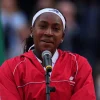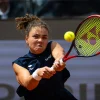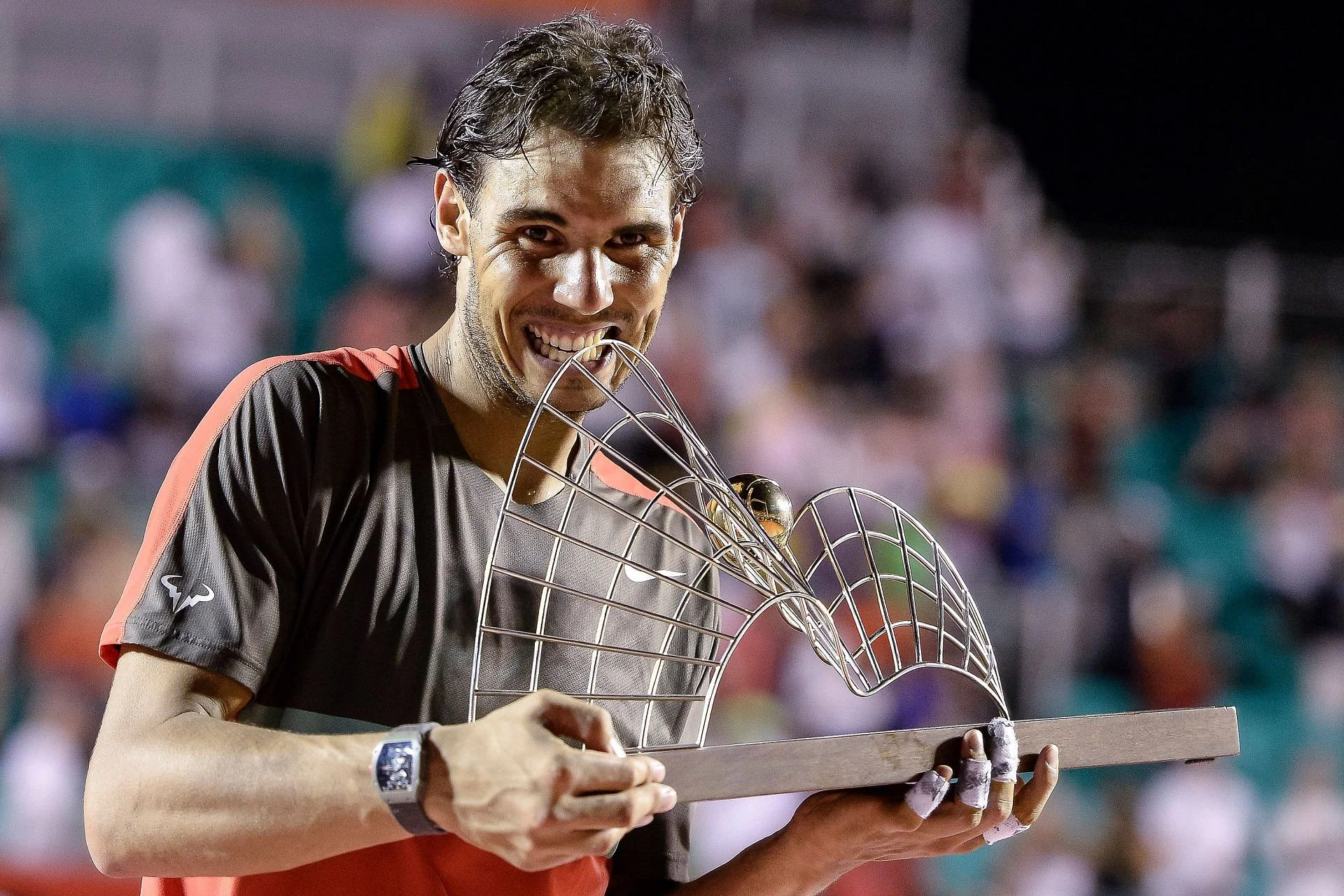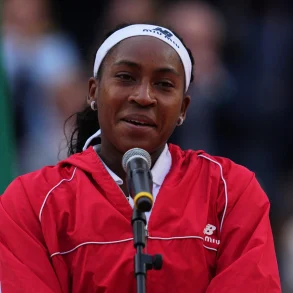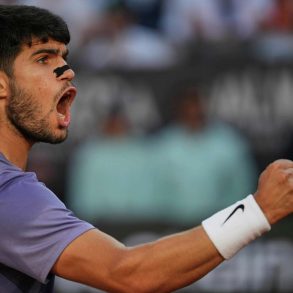Rafael Nadal is confirmed to participate in the 2024 Qatar ExxonMobil Open, commencing on February 19. Despite speculation surrounding his decision to opt for the post-Australian Open hardcourt swing instead of the Latin American clay-court season, recent remarks from his coach Carlos Moya shed light on the rationale behind this choice.
Nadal encountered setbacks in the 2023 season due to a hip injury necessitating arthroscopic surgery, leading to an extensive recovery process. His much-anticipated return was announced for the 2024 Brisbane International in December.
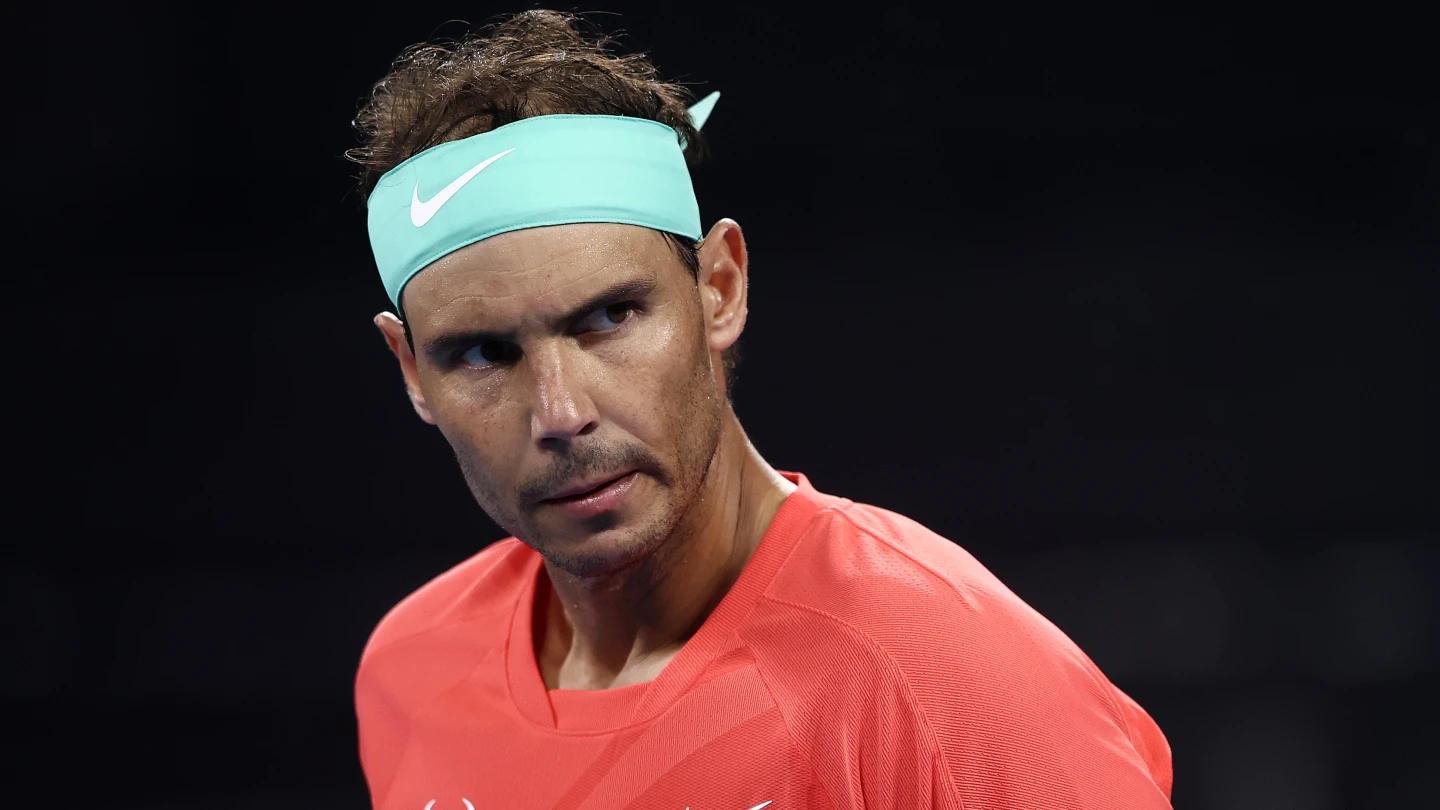
However, the 37-year-old’s journey in the lead-up to the Australian Open was cut short when he sustained a muscle tear in his left hip during a quarterfinal match against Jordan Thompson. Consequently, Nadal withdrew from the Melbourne Slam, emphasizing his body’s unpreparedness for the rigorous demands of five-set matches.
In a social media update, Nadal disclosed, “Once I got to Melbourne I had the chance to make an MRI and I have a micro tear on a muscle. Right now I am not ready to compete at the maximum level of exigence in five sets matches. I’m flying back to Spain to see my doctor, get some treatment and rest.”
Carlos Moya, Nadal’s coach, addressed concerns about the player’s physical condition and the decision to skip the Golden Swing, an event where he has previously triumphed six times. Moya emphasized caution in managing Nadal’s recent physical issues and highlighted the difficulty of the decision to withdraw from the Australian Open.
“We are being cautious. Where we come from, we have to be careful. We are slowly starting to train again,” Moya explained. “It wasn’t serious, but it was serious enough to not play the Australian Open, which was one of the big goals he had.”
Regarding Nadal’s absence from the Latin American claycourt season in favor of the 2024 Qatar ExxonMobil Open, Moya cited concerns about the toll of transitioning between hardcourts and clay on Nadal’s body.
“Surface changes are not easy. While it is true that land should be better for your joints, going from fast to land, to go back to the US and then back to land, we thought it was a bit excessive,” Moya elaborated. “That’s why we chose to make this calendar, without so much change of surface.”

